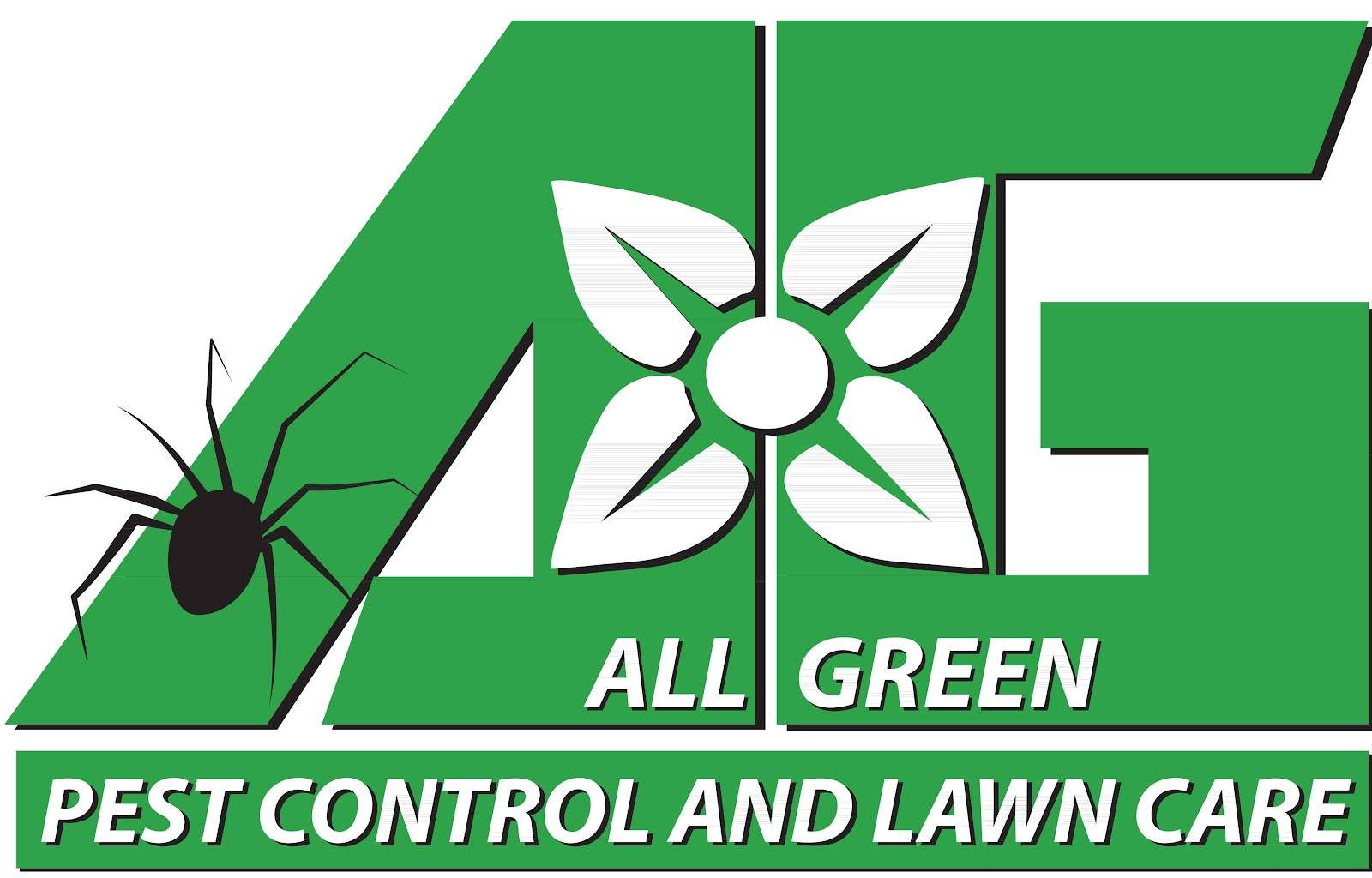
The World of Mites: Types, Habitats, and Effective Control Methods
Mites are tiny arthropods that belong to the class Arachnida, making them relatives of spiders and ticks. Despite their small size, they can be a significant nuisance, causing damage to plants, animals, and humans. Understanding the different types of mites, their habitats, and feeding behaviors can help in developing an effective strategy to control and prevent infestations.
Types of Mites and Their Characteristics
1. Dust Mites
Habitat: Found in household dust, bedding, carpets, and upholstered furniture. Feeding Habits: Feed on dead skin cells shed by humans and pets. Nesting: Thrive in warm, humid environments with ample dust accumulation. Learn more about dust mites
2. Spider Mites
Habitat: Primarily found on indoor and outdoor plants. Feeding Habits: Suck plant sap, leading to yellowing and damage to leaves. Nesting: Reside on the underside of leaves and produce fine silk webbing. More information on spider mites
3. Scabies Mites
Habitat: Burrow into human skin. Feeding Habits: Feed on skin tissue and fluids. Nesting: Live within the upper layer of the skin, causing intense itching. CDC resource on scabies
4. Clover Mites
Habitat: Found on lawns, gardens, and occasionally inside homes. Feeding Habits: Feed on plant sap and algae. Nesting: Gather in large numbers on exterior walls and window sills. Information from Penn State Extension
5. Bird Mites
Habitat: Commonly found in bird nests and on poultry. Feeding Habits: Parasitic, feeding on birds’ blood; can bite humans if birds vacate nests. Nesting: Live in nests and crevices around bird habitats. Understanding bird mites
6. Chigger Mites
Habitat: Found in grassy and wooded areas. Feeding Habits: Larvae feed on human and animal skin, causing itchy welts. Nesting: Lurk in tall grass, leaf litter, and moist soil. CDC guide on chiggers
Home Remedies for Mite Control
For minor infestations, home remedies can offer relief and aid in controlling mite populations.
- Essential Oils: Tea tree oil, neem oil, and eucalyptus oil have been known to repel mites effectively.
- Diatomaceous Earth: A natural powder that dehydrates and kills mites upon contact.
- Vacuuming and Cleaning: Regular vacuuming, steam cleaning carpets, and washing bedding in hot water reduce dust mites.
- Baking Soda and Vinegar: Sprinkling baking soda on carpets and using vinegar as a cleaning agent can deter mites.
- Humidity Control: Keeping indoor humidity below 50% prevents dust mite proliferation.
- Herbal Repellents: Placing dried lavender or cloves in mite-prone areas can help keep them at bay.
The Importance of Professional Pest Control Services
While home remedies can provide temporary relief, professional pest control services are often necessary for complete eradication. Mite infestations can be challenging to manage due to their small size, rapid reproduction, and hidden nesting sites. Professional exterminators:
- Use specialized treatments that target mites effectively.
- Have advanced knowledge of mite behavior and nesting habits.
- Provide long-term solutions that home remedies cannot achieve.
- Ensure safety by using regulated pest control measures. Find professional pest control services
Environmental and Mechanical Changes to Support Mite Control
Supplementing pest control efforts with environmental and mechanical adjustments can create a lasting impact:
Environmental Changes:
- Improve Ventilation: Enhancing airflow reduces humidity and discourages mite infestations.
- Eliminate Clutter: Reducing excess fabric, dust, and organic debris minimizes mite habitats.
- Outdoor Maintenance: Regular lawn mowing, leaf removal, and trimming plants reduce the presence of outdoor mites.
Mechanical Changes:
- Install Air Purifiers: HEPA filters help capture dust mites and other allergens.
- Use Mattress and Pillow Covers: Encasing bedding in mite-proof covers prevents dust mite infestations.
- Seal Cracks and Gaps: Blocking entry points prevents mites from infiltrating homes.
- Improve Drainage Systems: Preventing standing water reduces humidity and discourages mite populations.
Mites are diverse in their habitats and behaviors, making them a challenging pest to control. While home remedies can provide some relief, professional pest control services ensure complete and long-term eradication. Combining these services with environmental and mechanical changes further enhances the effectiveness of mite management. By taking a comprehensive approach, homeowners can maintain a comfortable and mite-free environment. Below is an in depth video about different types of mites, for great detailed information to help you!
With spring just around the corner, let’s take a look at lawn care tips for preparing your lawn for spring!
